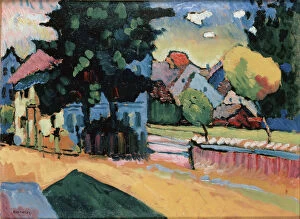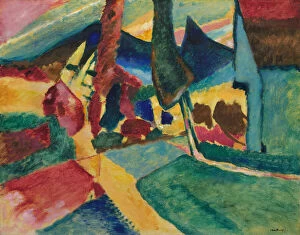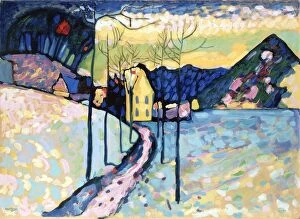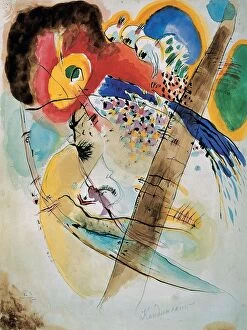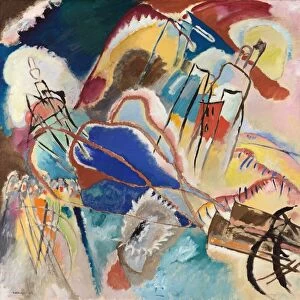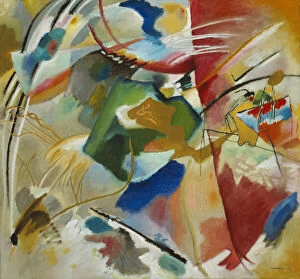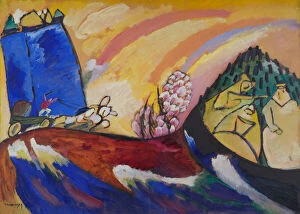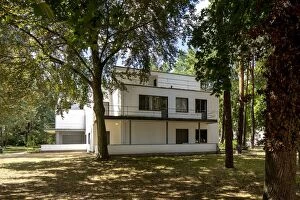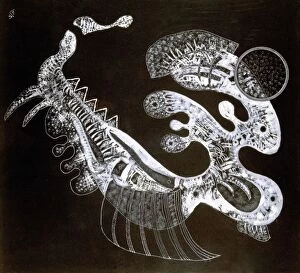Wassily Vasilyevich Kandinsky Collection
"Wassily Vasilyevich Kandinsky: A Pioneer of Abstract Art" Wassily Vasilyevich Kandinsky, a renowned Russian artist
For sale as Licensed Images
Choose your image, Select your licence and Download the media
"Wassily Vasilyevich Kandinsky: A Pioneer of Abstract Art" Wassily Vasilyevich Kandinsky, a renowned Russian artist, revolutionized the art world with his innovative approach to painting. Born in 1866, he is widely regarded as one of the pioneers of abstract art. Kandinsky's artistic journey can be traced through his diverse and captivating works. In "Landscape with a Green House" (1908), he skillfully captures the essence of nature, blending vibrant colors and bold brushstrokes to create an enchanting scene. Continuing his exploration of landscapes, "Winter Landscape" (1909) showcases Kandinsky's ability to convey emotions through color and form. The serene winter scenery evokes a sense of tranquility and introspection. In "Exotic Birds" (1915), Kandinsky ventures into new territory by depicting these creatures in an abstract manner. His use of geometric shapes and vivid hues creates a mesmerizing composition that challenges traditional representations. "Houses at Murnau" (1909) reveals Kandinsky's fascination with architecture as he portrays quaint houses in vibrant shades against a picturesque backdrop. This piece exemplifies his unique blend of abstraction and representation. With "Improvisation No. 30 (Cannons)" (1913), Kandinsky delves deeper into abstraction, using dynamic lines and bold colors to evoke intense emotions within the viewer. The explosive energy captured on canvas reflects his belief that art should transcend mere visual representation. "Landscape with Two Poplars" (1912) demonstrates Kandinsky's mastery over form and composition as he combines organic elements with geometric shapes. The result is a harmonious balance between nature and abstraction. In "Painting with Green Center" (1913), Kandinsky experiments further by incorporating symbolism into his work. The green center symbolizes life force while surrounding elements represent the spiritual and emotional aspects of existence.

